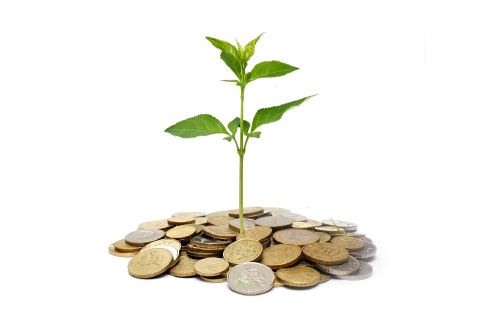The Chinese market has taken a knock to its confidence, but despite its size, it is still merely an emerging market, and must take these setbacks in its stride
Towards the end of August, China’s stock markets had a little stumble, which quickly escalated in to a full-blown tumble, and cumulated in a crash that sent reverberations around the globe. For a few tense days stock markets in the US, Europe and Japan slid uncontrollably, while oil prices sunk even lower and even gold lost its gleam.
China was the centre of global attention for some time before this, however, with the renminbi taking global payments by storm, and the economy booming, at least for a while, at an unprecedented rate. But the jurisdictions surrounding this geographical giant and headline hogger have also been coming in to their own, albeit at a more modest, and arguably more sensible, pace.
Despite the rapid pace of its development, one of the key points to remember is that China is still an emerging market, despite its apparent importance to the global capital markets.
Laurence Au, head of the Asia Pacific at BNP Paribas Securities Service, points out: “Most other emerging markets have been experiencing a phase of slower growth for some months as a result of internal and external issues, and have gone through significant market adjustment already.”
“It is unrealistic to expect China to not have to go through similar adjustments, although the timing and the way this adjustment occurred were a bit unexpected,” adds Au.
Elaborating on this point is Deepak Lalwani OBE, founder and director of Lalcap, a consultancy that specialises in doing business in India. Lalwani also believes that the cracks started to appear not only because of the economic slowdown in China, but because the country is not yet a fully mature or developed market.
He adds, however: “Most of the players are private individuals rather than institutions, and a lot of the big companies are state-owned.”
“Many private individuals there are basically gamblers,” he says. “While the market is going up they are trading gung-ho, but when it goes pop, they all run for cover. This is what happened, and this is why we have seen such a steep fall. But this is part of the evolution in emerging markets.”
Although the crash led to significant dips in the markets in Indonesia, Malaysia and Thailand, which all dropped between 9 and 20 percent, the Indian market remained fairly resilient, dropping by just 6 percent in the crash. In Q2 2015, GDP in India matched that in China, and predictions suggest that India’s economy will grow 7.3 percent by March 2016, making it the fastest growing of the major markets.
According to Lalwani: “A lot of investors are now finally viewing India as taking China’s place in the growth lead.”
However, India’s growth has been quiet and introverted by comparison, without all the bells, whistles and headlines associated with China, and without the global payments takeover, either. Being such a self-contained market has meant India has been relatively insulated against the crash. On the other hand, somewhere such as Hong Kong, for example, with strong ties to mainland China, could have been affected more.
Au says: “The Hong Kong market has also experienced a period of very high volatility due to its close economic ties with mainland China. But market behaviour was very orderly, reflecting its relative maturity.”
“This again highlights Hong Kong’s importance as a gateway to investment in China and as a testing ground for China’s initiatives to integrate with the global capital markets.”
Testing is perhaps the operative word, and in a bid to revitalise the stock markets, the Chinese government leapt to intervene, tightening up foreign exchange rules and banning large investors from selling shares for six months. Thus far, this intervention appears to be working, however unnatural the stability may be.
Lalwani compares these reactive restrictions to the Indian government’s more proactive methods for boosting the economy. As well as a recent 0.5 percent interest cut, India hopes to introduce a goods and services tax, designed to create a common market for the entire country, similar to that in the EU. While the EU is made up of 28 member states and about 600 million people, India has 29 states and a population of 1.2 billion.
“Each state has its own laws and its own taxes, so it’s chaotic at the moment,” says Lalwani. “That will become unified. It will simplify things, and that will boost economic growth.”
Similarly, Au supports the Chinese intervention methods, saying: “Unusual times require unusual measures. Government interventions occurred during the Lehman Brothers crisis and other extreme market situations in many countries too.”
Now that the panic has subsided, there is a feeling that this collapse was merely a learning curve, and something that all emerging markets must experience in order to grow and to evolve. Au says: “[China’s] authorities, its industry participants, as well as its investors will learn from this experience after the situation settles.”
According to Lalwani, despite his previous comments, China still remains, along with the US, an important influencer on the global market. While controls may be required, this is all just part of the evolution.
The road ahead may still be volatile. China isn’t quite back in the driving seat of its capital markets just yet—and its nearby neighbours may still be feeling the effects. But, while that first crash will always come as a shock, a little bruised pride is no bad thing. The markets will recover, and perhaps China will take that corner a little more carefully next time round.



